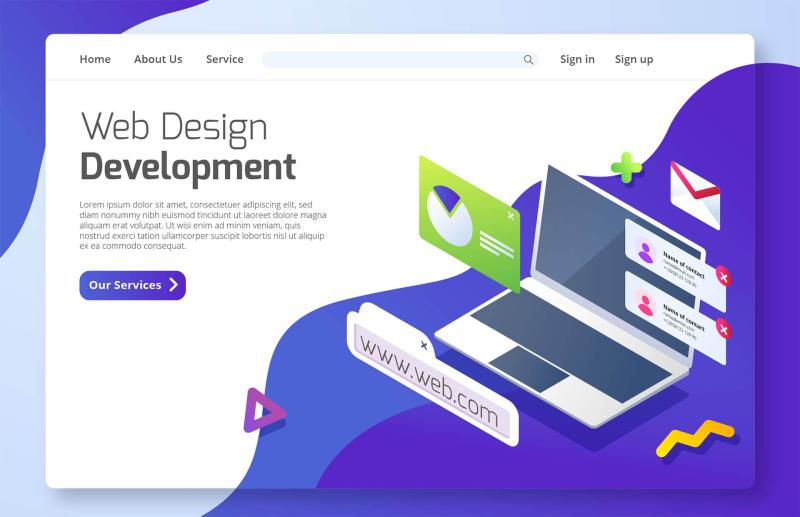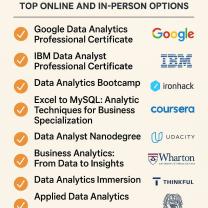What is web design and web design?
Web design refers to the process of creating and arranging the visual elements, layout, structure, and overall aesthetics of a website. It involves both the aesthetic aspects and the functional aspects of a website, ensuring that it's visually appealing, user-friendly, and effectively conveys information or services to its intended audience.
Here are the key components and concepts within web design:
Visual Design: This includes elements such as color schemes, typography, images, graphics, and overall visual aesthetics. Visual design focuses on creating a visually appealing website that aligns with the brand's identity and attracts users.
Layout and Structure: Designers organize the content, navigation, and various elements of a webpage to create a clear and intuitive layout. This includes the arrangement of menus, headers, footers, and the placement of content for easy navigation.
User Experience (UX) Design: UX design focuses on ensuring that the website is user-friendly and provides a positive experience for visitors. It involves understanding user behavior, creating intuitive interfaces, and optimizing usability.
Responsive Design: Websites need to be accessible across various devices and screen sizes. Responsive design ensures that the site adapts and functions well on desktops, laptops, tablets, and mobile devices.
Information Architecture: This involves organizing and structuring content in a logical and easily accessible manner. It includes creating sitemaps, categorizing content, and designing navigation paths for users.
Interaction Design: Interaction design focuses on how users interact with the website, including elements such as buttons, forms, animations, and other interactive features to enhance user engagement.
Accessibility: Designing websites to be accessible to individuals with disabilities is an important consideration. This involves following standards and guidelines to ensure that all users can access and use the website.
Web design involves a combination of creativity, technical skills, and understanding user behavior to create websites that are visually appealing, functional, and user-centric. It's an ongoing process that considers evolving technologies, user needs, and design trends.
What distinguishes web design from web development in the digital industry?
In the digital world, web design and web development are two closely related but distinct disciplines, each playing a crucial role in creating successful websites. Here's a breakdown of their key differences:
Web Design:
- Focuses on the visual aesthetics and user experience (UX) of a website. This includes aspects like layout, color palettes, typography, imagery, and overall interaction design.
- Designers are like the architects of a website. They craft the look and feel, ensuring it's visually appealing, intuitive, and consistent with the brand identity.
- Tools of the trade: Design software like Photoshop, Sketch, Figma, and Adobe XD are commonly used by web designers to create mockups, prototypes, and user flows.
Web Development:
- Focuses on the technical functionality and code that makes a website work. This includes building the underlying structure, integrating databases, programming interactive elements, and ensuring compatibility across different browsers and devices.
- Developers are like the builders of a website. They translate the designer's vision into a real, functional entity, using various programming languages and frameworks.
- Tools of the trade: Developers use different languages like HTML, CSS, JavaScript, and Python, along with development tools and frameworks like React, Angular, and Vue.js to bring the website to life.
Here's an analogy to further illustrate the difference:
- Imagine a website as a house. The web designer would be the architect, conceptualizing the floor plan, exterior design, and interior decoration. The web developer would be the construction crew, translating the blueprints into a real, functional house with plumbing, electricity, and all the necessary systems.
The overlap:
- While distinct, web design and web development work hand-in-hand. Designers need to understand basic coding principles to ensure their designs are feasible, while developers need to consider design principles for creating user-friendly websites.
- Some professionals have expertise in both areas, often referred to as "full-stack developers" or "UX/UI designers."
In conclusion:
Web design and web development are both essential components of creating a successful website. Understanding their differences and how they complement each other is crucial for anyone involved in the digital industry.
I hope this clarifies the distinction between these two vital roles! If you have any further questions about web design or web development, feel free to ask.













